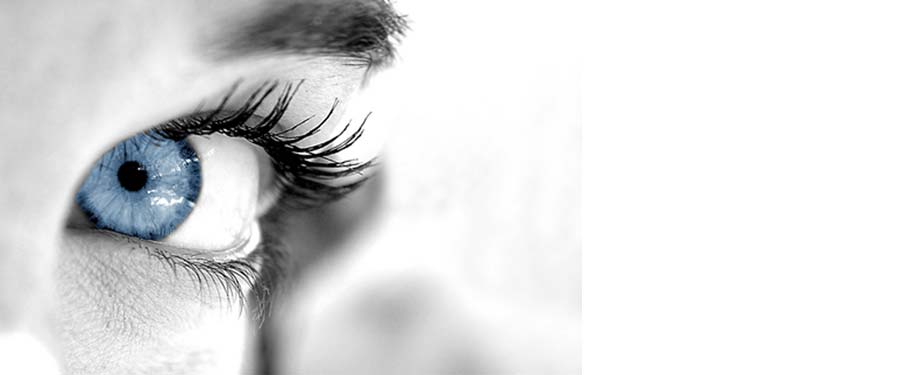Dry Eye Syndrome
What is dry eye?
The continuous production and drainage of tears is important to the eye's health. Tears keep the eye moist, help wounds heal, and protect against eye infection. In people with dry eye, the eye produces fewer or less quality tears and is unable to keep its surface lubricated and comfortable.
The tear film consists of three layers--an outer, oily (lipid) layer that keeps tears from evaporating too quickly and helps tears remain on the eye; a middle (aqueous) layer that nourishes the cornea and conjunctiva; and a bottom (mucin) layer that helps to spread the aqueous layer across the eye to ensure that the eye remains wet. As we age, the eyes usually produce fewer tears. Also, in some cases, the lipid and mucin layers produced by the eye are of such poor quality that tears cannot remain in the eye long enough to keep the eye sufficiently lubricated.
Why do my eyes feel irritated?
The main symptom of dry eye is usually a scratchy or sandy feeling as if something is in the eye. Other symptoms may include stinging or burning of the eye; episodes of excess tearing that follow periods of very dry sensation; a stringy discharge from the eye; and pain and redness of the eye. Sometimes people with dry eye experience heaviness of the eyelids or blurred, changing, or decreased vision, although loss of vision is uncommon.
Who gets it?
Dry eye is more common in women, especially after menopause. Surprisingly, some people with dry eye may have tears that run down their cheeks. This is because the eye may be producing less of the lipid and mucin layers of the tear film, which help keep tears in the eye. When this happens, tears do not stay in the eye long enough to thoroughly moisten it.
Dry eye can occur in climates with dry air, as well as with the use of some drugs, including antihistamines, nasal decongestants, tranquilizers, and anti-depressant drugs. People with dry eye should let their health care providers know all the medications they are taking, since some of them may intensify dry eye symptoms.
People with connective tissue diseases, such as rheumatoid arthritis, can also develop dry eye. It is important to note that dry eye is sometimes a symptom of Sjögren's syndrome, a disease that attacks the body's lubricating glands, such as the tear and salivary glands. A complete physical examination may diagnose any underlying diseases.
How can dry eye be treated?
Artificial tears, which lubricate the eye, are the principal treatment for dry eye. They are available over-the-counter as eye drops. Sterile ointments are sometimes used at night to help prevent the eye from drying. Using humidifiers, wearing wrap-around glasses when outside, and avoiding outside windy and dry conditions may bring relief. For people with severe cases of dry eye, temporary or permanent closure of the tear drain (small openings at the inner corner of the eyelids where tears drain from the eye) may be helpful. There are few medications your doctor my suggest to help moderate to severe dry eye too.
My doctor says I have dry eyes, but they seem watery!?
Dry eye can also cause watery eyes too! If the surface of the eye is irritated from poor lubrication , a reflex signal can be sent to the lacrimal gland to produce copious quantities of tears. These reflexive tears may not have sufficient quantities of the oil and lubricating mucin . It is similar to having dry chapped hands and expecting water to help them. Quality tears are a perfect blend of water, oils and mucins to keep the eyes sparkling and comfortably clear. Call us for full details of the complex nature of dry eyes and their solution.





